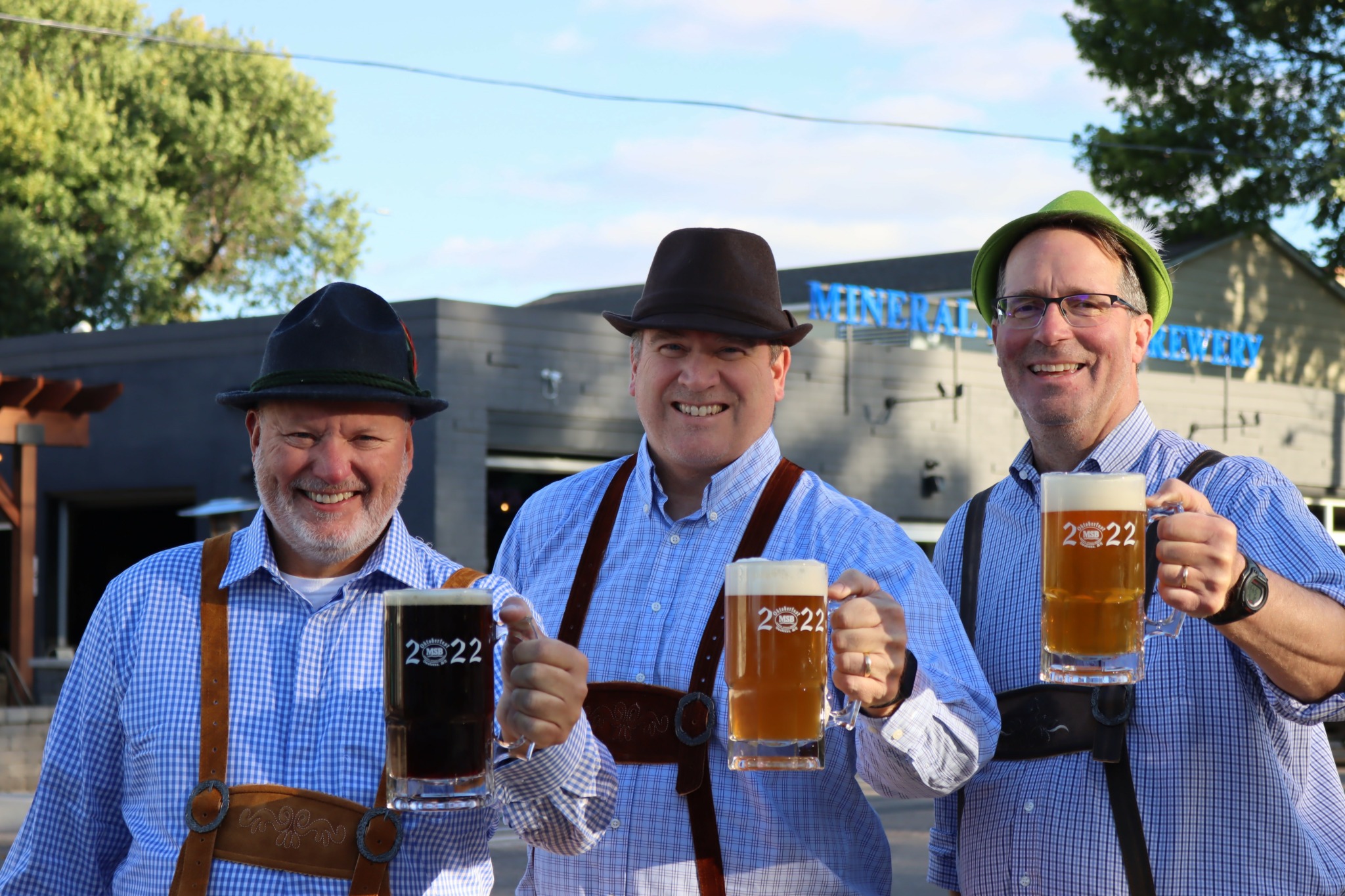We recently connected with Bill Cronin and have shared our conversation below.
Bill, thanks for taking the time to share your stories with us today Often outsiders look at a successful business and think it became a success overnight. Even media and especially movies love to gloss over nitty, gritty details that went into that middle phase of your business – after you started but before you got to where you are today. In our experience, overnight success is usually the result of years of hard work laying the foundation for success, but unfortunately, it’s exactly this part of the story that most of the media ignores. Can you talk to us about your scaling up story – what are some of the nitty, gritty details folks should know about?
Though our taproom (capacity 338) is now four times the size of our original (capacity 86), we’re still a very modest operation with the same mission to serve our community through the environment of our taproom. We’ve simply scaled to meet demand we sensed while in our smaller space. We still brew less than 1,000 bbls per year, which makes us a very ‘normal’, community brewery.
We started planning for our brewery in 2018, and ultimately opened in November 2019, just months ahead of COVID and a variety of challenges and opportunities. Our new brewhouse and taproom opened in January 2025.
Those 5+ years in our smaller footprint offered countless opportunities for us to learn, test, and plan forward from an operational angle. We also were personally tested, as our five person ownership group transitioned to three, largely based on personal reflection regarding the commitment of the operation, life circumstances, and all that goes with that.
For nearly 18 months leading to our new facility, we used a shared file to document wants and needs we experienced in the old space, resulting in a rich ‘wish list’ to review with our architect. That experience richly informed the space we occupy today. In addition, we supplemented with viewpoints of our food truck partners, musicians (we have music on-site every Saturday night), customers, brewers, and others. As we gained traction on the actual design of the new space, we deployed virtual reality to experience the dimensions and flow of the space, resulting in noteworthy refinements.
The steps we took to ensure additional value in our move from our first vision and operational footprint to our new one have proven to be extremely valuable.

As always, we appreciate you sharing your insights and we’ve got a few more questions for you, but before we get to all of that can you take a minute to introduce yourself and give our readers some of your back background and context?
My story and that of our other two owners, Rod Baker and Mark Sebring, is really one about community. Prior to opening our brewery, we each had more than 25 years of community engagement in Owatonna. We each were and remain very involved in community activities, and as well we each continue to engage in our careers outside of the brewery. The depth of those connections has proven time and again to be a foundational part of our success formula.
That community engagement has also led to what I believe is our proudest result of business ownership: leveraging our business as an asset for community needs, across many different non-profits and other organizations. We recently had a month in which we leveraged our social media and facility toward the benefit of several non-profits, resulting in fundraising of more than $20,000. In addition, our small brewery operation was named the 2025 United Way fund drive corporate leader. We’re very proud of the good we can generate through this business; on a scale none of us could do individually.
Can you share a story from your journey that illustrates your resilience?
We opened our public-facing business just four months ahead of COVID. The old saying ‘when handed lemons, make lemonade’ rings very true for us as we traveled through the unknown of that experience.
A great example of those lemons turning to lemonade was our decision to purchase winter ‘igloos’ (domed, climate controlled enclosures) for safe seating that first winter we were open. These igloos met a need, as people wanted to get out, while doing so safely. Those igloos allowed us to mitigate the loss of revenue due to COVID-mandated capacity restrictions in our taproom, while also creating a rich ‘brand’ for MSB. In hindsight, that decision very well may have saved us during that very trying time.
Can you share one of your favorite marketing or sales stories?
From the outset, we had interest in having a large community event, which we all agreed should be OktoberFest. The community aspect of that event, centered around German tradition, music, and beer was too rich to pass up. However, with COVID still in full force that first year of our operation, we had to postpone the realization of our first OktoberFest.
As the second year came around, we were all-in, and also quite anxious. The scale of an event of this type made sense in theory, but in execution is quite costly! Extra expense included tent and portable toilet rentals, advertising, decorations, staff, permits, and many others. For a business of our size, the ‘risk’ of failure was very real and financially concerning.
As we stepped into that event, we were all-in, and the community responded in-kind. It was a stunning success, and one we’ve now built on as we step into 5th OktoberFest this year, and the first in our new facility.
Contact Info:
- Website: https://mineralspringsbrewery.com
- Instagram: mineralspringsbrewery
- Facebook: mineralspringsbrewery
Image Credits
Kade Cronin


